Gyeongju, South Korea –
While most expats seized the five day break of Chuseok (Thanksgiving) as an opportunity to escape Korea, I choose to remain in Daegu and nest. I had unexpectedly found myself in the US and England the previous three weekends, so the thought of actually staying put – and off an airplane – sounded blissful. However, by day two my feet got twitchy, so I decided to embark on a day trip to Gyeongju.
Gyeongju is touted by the guide books as the third best place to visit in Korea – after Seoul and Jeju Island – for being a region both resplendent in natural beauty and heritage sites. It is often called ‘the museum without walls’ mainly for the 23 symmetrical tumuli (burial mounds) from the Silla Dynasty (57 BC to 935AD) that protrude up in odd locations throughout the centre of town. Since the Silla Dynasty is one of the world’s longest sustained dynasties and Gyeongju is a UNESCO World Cultural Heritage City, I decided that it was a place I should explore during my time in Korea. It helped that is was only a 50 minute bus road from my ‘home’ location of Daegu.
Our first stop, on the long list of sights to visit, was the National Museum, which pleasantly surprised me. First, the entrance was free, which coming from Western countries that charge for everything, still surprises me about Korean national landmarks. But more importantly, all the signage was in both Korean and English, and comprehendible English at that! A multilingual audioguide was also available too for 3,000won. The sizable, but not overwhelming, history museum explores the period of the Silla Dynasty. Inside you can learn about the tombs, discover how they were built, and see up to 4,500 cultural artifacts that have been discovered from the excavations around the area. The dazzling displays include treasure troves of gold and jade jewelry, weaponry, pottery, and other ceremonial items. The grounds of the museum include some larger Buddhist artifacts including several three story stupas and the Sacred Bell of King Seongdeok, which is considered one of the largest and most beautifully resonant bells ever made in Asia.
From there, we took a short walk to Donggung Palace and Wolji Pond. This area was part of the palace complex of ancient Silla. We had a peer in through the gates and took a few pictures, but in the end choose to by pass this sight. My recommendation would be to venture here after dark when it is elegantly lite up with spot lights. A romantic spot for a stroll on a late summer’s evening. It looked magical when we went by several hours later, and again wish I hadn’t passed up this main point of interest.
A further short stroll through the rape flower area and we spotted our first tombs protruding into the sky. Nearby was the unusual looking astronomical observatory of Cheomseongdae (meaning ‘star-gazing tower’ in Korean). Listed as the oldest surviving observatory in the world, it dates to the 7th century. Intriguingly it has 12 rows of stones below and 12 above its featured window and is apparently comprised of 365 stones. Again, another free photo opp.
Cross over Cheomseong-ro from this point and you’ll find an array of coffee shops and food stalls for a quick snack to tide you over. I indulged in a Korean pancake topped with fried onions and a homemade sauce of soy, sesame seeds, and red peppers, lovingly served by a friendly English speaking ajumma.
Here behind the parking lot of busses is the main entrance to Daereungwon Tomb Complex. In this tranquil setting, with lilting Korean music pumped out from hidden speakers, you get an up close look at the burial mounds and even the chance to go inside one. Their size and shape are impressive.
We took the back exit and headed left on Taejong-ro to the next intersection. Here on the left is Poseok-ro, where you will find an upmarket row of shops and restaurants interspersed by dilapidated buildings. I found this the perfect street to pause for some lunch, a coffee and a general break from all that history. There were two modern looking Korean restaurants including Awesome: Korean Mother’s Cuisine, which looked like its namesake. Next door was a quirky, knick knack shop of locally crafted goods, where I picked up a few souvenirs.
We choose to eat at the Nordic Modern Kitchen which served a small selection of open topped sandwiches and salad, along with some draft beer and juices. I bravely selected the Nordic salad which was topped with every conceivable ingredient one could desire on a salad including – take a deep breath – cheese stuffed sausage, link sausage, two rashers of Canadian style bacon, avocado, a crisp crumbed bacon and olive tapenade, sliced onions, hard boiled egg, whole cherry tomatoes, a sliced banana, thinly sliced apples, orange segments, and fig, all topped with shaved coconut, chia seeds, popped corn and silvered almonds. My friend had a double open topped sandwich. One with pesto sauce, avocado, stinky white cheese and grilled prawns. The other, a raspberry colored cream cheese with hard boiled egg, and streaky bacon. A few sprigs of asparagus were served on the side. Both were deliciously washed down with a small cold draft San Miguel.
Feeling refreshed, we went back to the main street and picked up a bus to Bulguksa Temple. (Both the 10 and 700 will get you there. 1,300 to 1,700won) Warning, this is a good 45 minute journey out of town, but I enjoyed the ride just as much as the walk around the temple complex. I’ll be honest. I’m done with Korean temples. They all seem the same to me, but as this one is a UNESCO World Heritage asset and I was in the area, I thought I should go. It is set in beautiful grounds and had an impressive twin staircase leading up to its main entrance, but it could have been any temple in Korea for me. Part of the disappointment is that the main structure was burnt down, like most temples I’m finding, during the Japanese invasion, so most of the wooden structure that stands was built in 1973. However, the opposing Dabotap and Seokgatap Pagodas in the interior are original artifacts from around 750AD.
By this time, dusk was settling in, so we headed back to the main bus terminal, which is the last stop for the number 10 bus (which you pick up from the same stop you get dropped off at as it does a loop back) and caught the 7.30pm bus back to Daegu, that was after grabbing a green tea latte from Starbucks across the road. We passed up purchasing a box of Gyeongju bread, a local speciality small pastry with a filling of red bean paste, but nearly every shop on this street sells them so there are no shortages of chances to get your fill. I’m personally not a fan even though the Korean government proclaims them to be an ‘outstanding regional specialty.’
Had the weather been better, and I more energetic, I would have enjoyed a long weekend in the area instead as there seemed a range of things to do. On the modern outskirts of town in the popular Bosun Tourist Complex. With Bomunho Lake at its center, there are a number of resort facilities including a drive-in theater, a luxury water park and an amusement area. Another 20km on and you can be by the coast. I don’t think I’d explore the historic sights again, but I might go back for the other attractions in the future. Definitely a journey worth taking from Daegu whether for a day or a weekend.
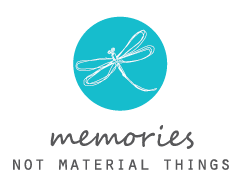
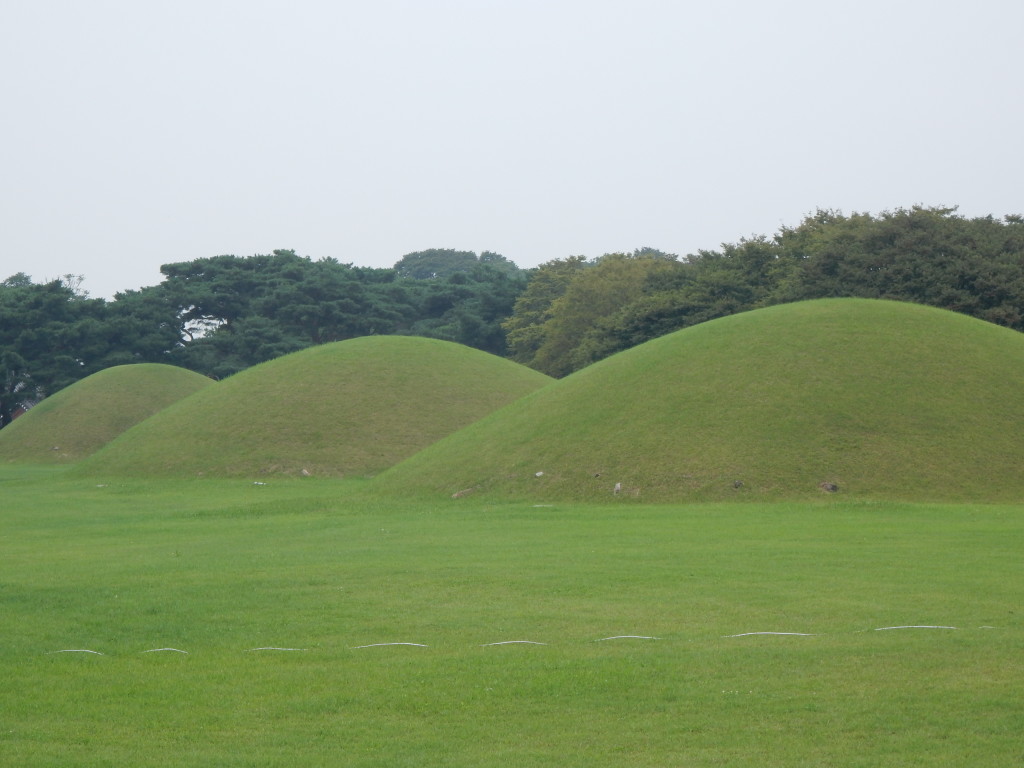
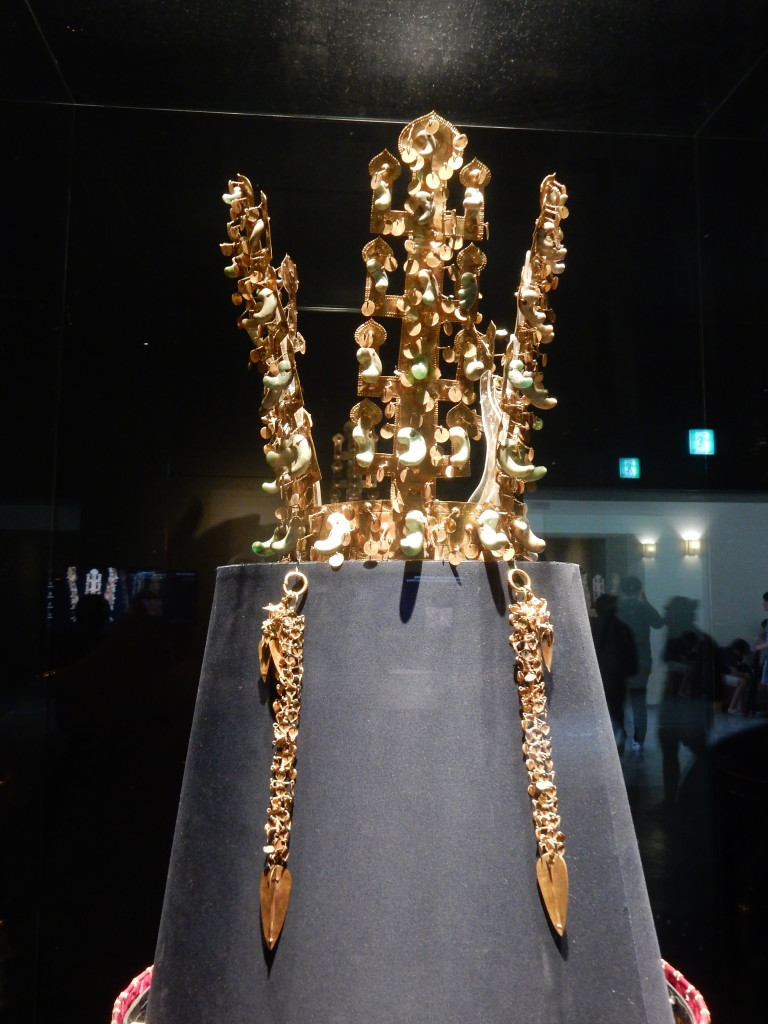
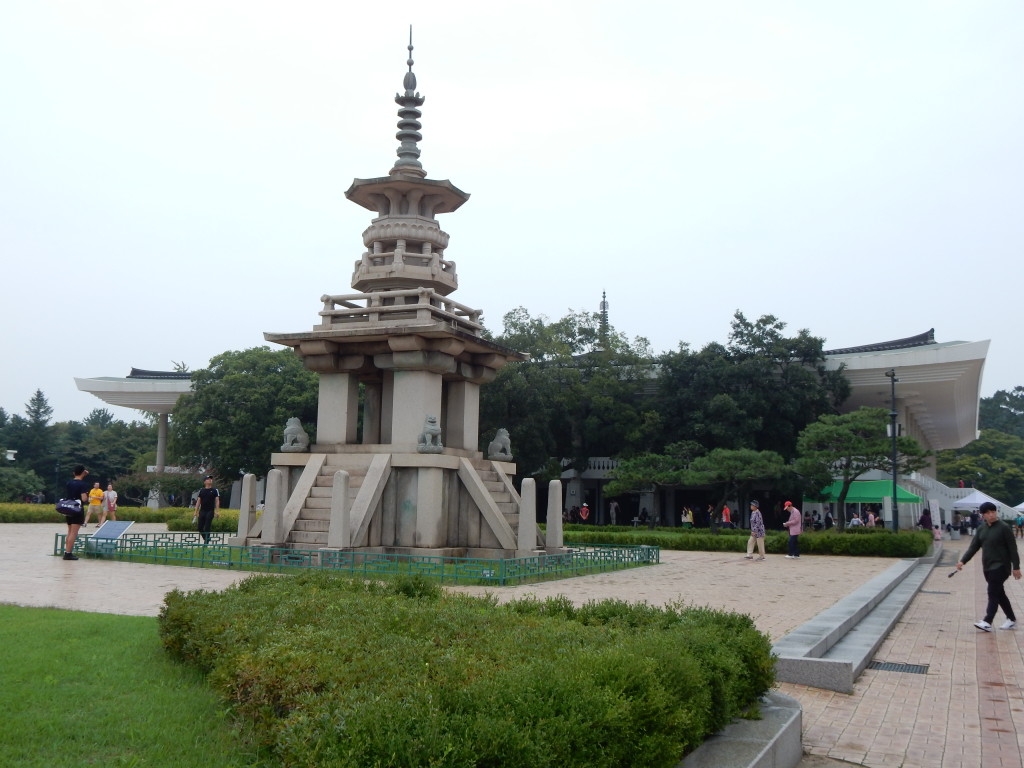
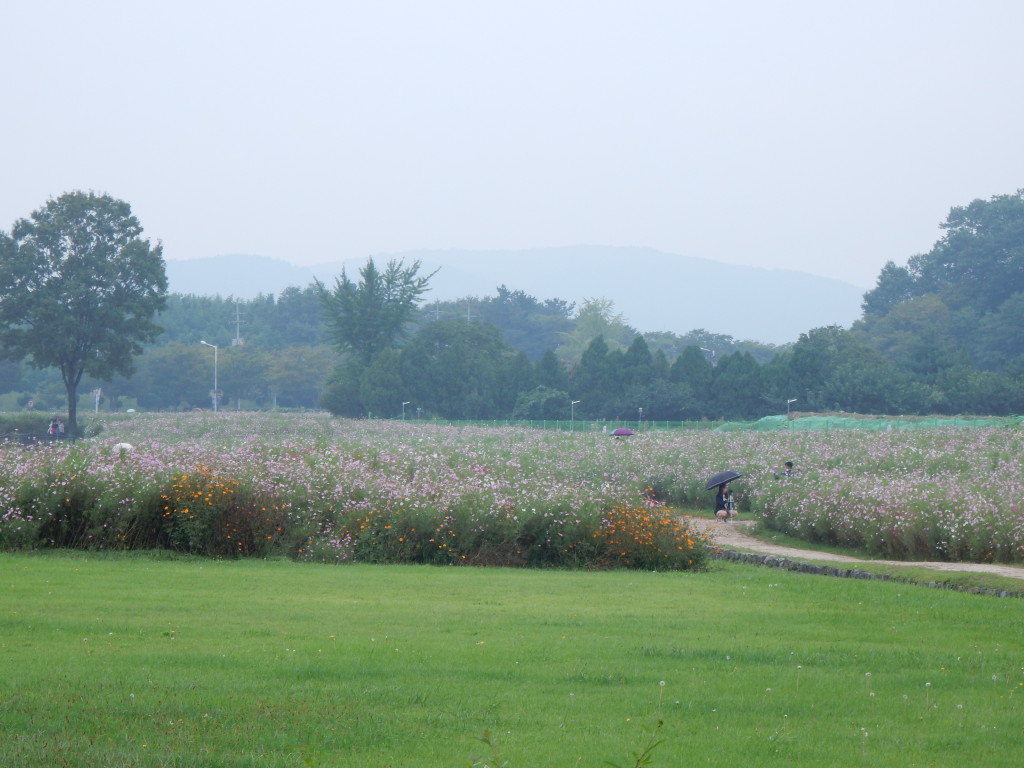
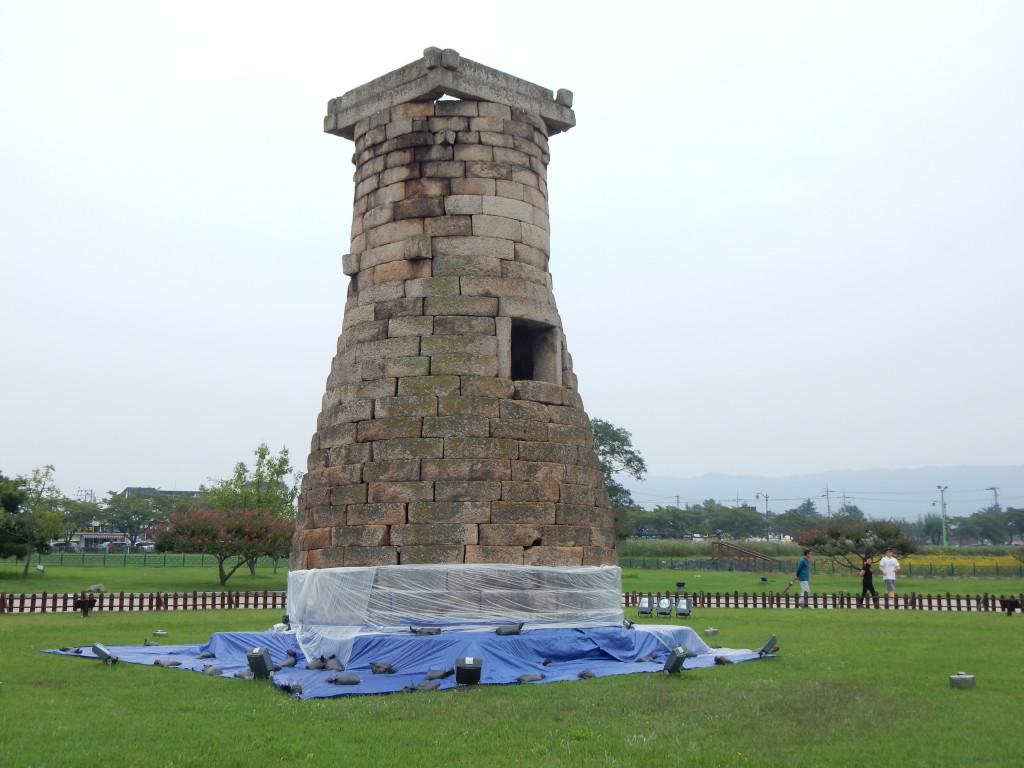
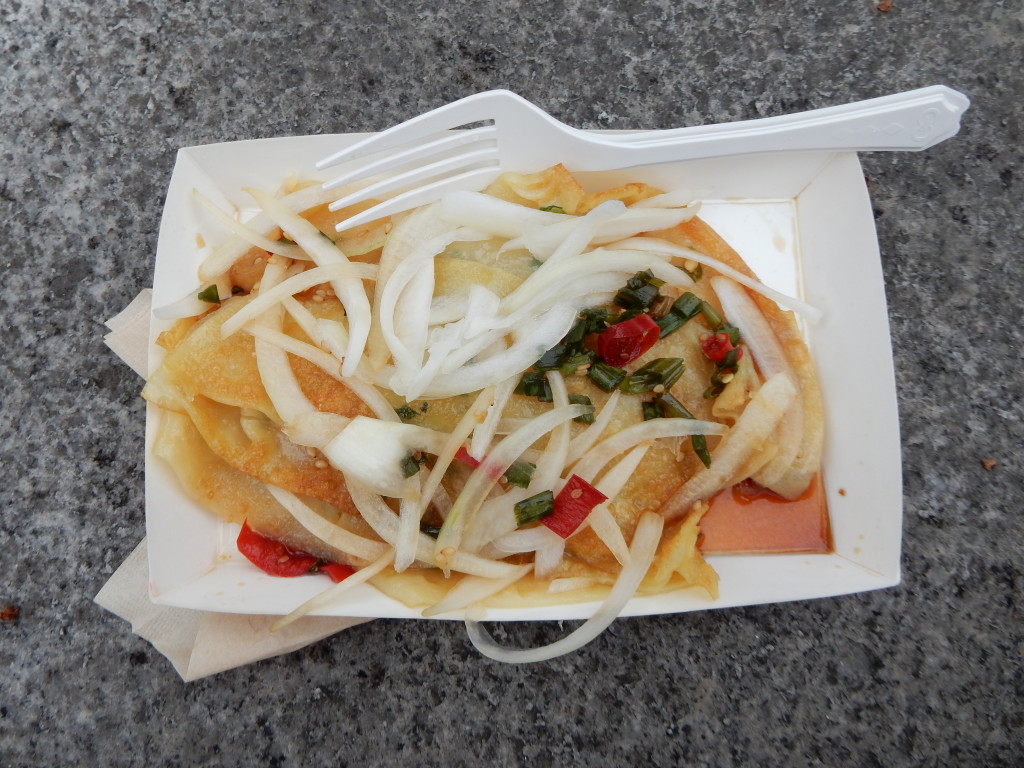
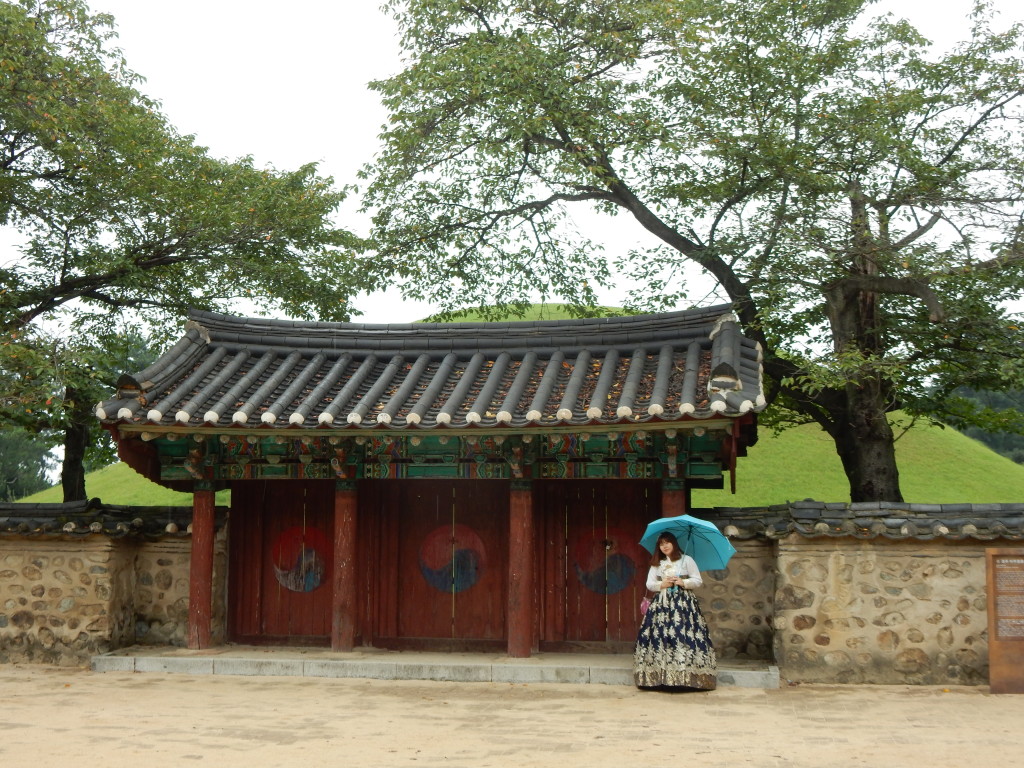
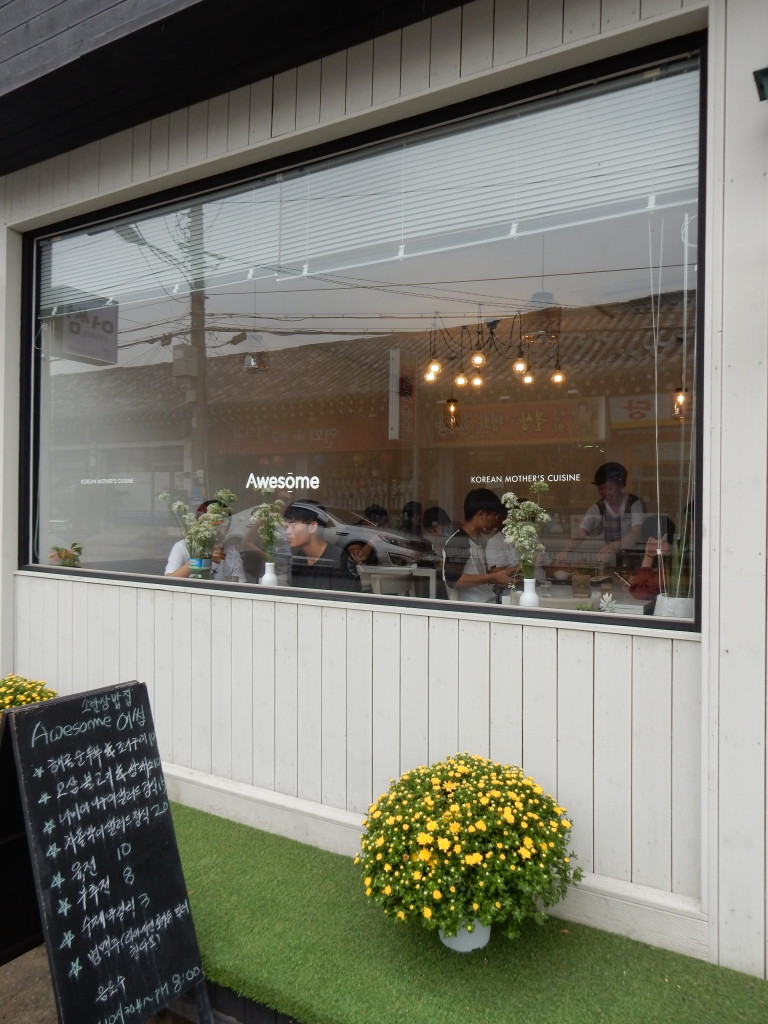

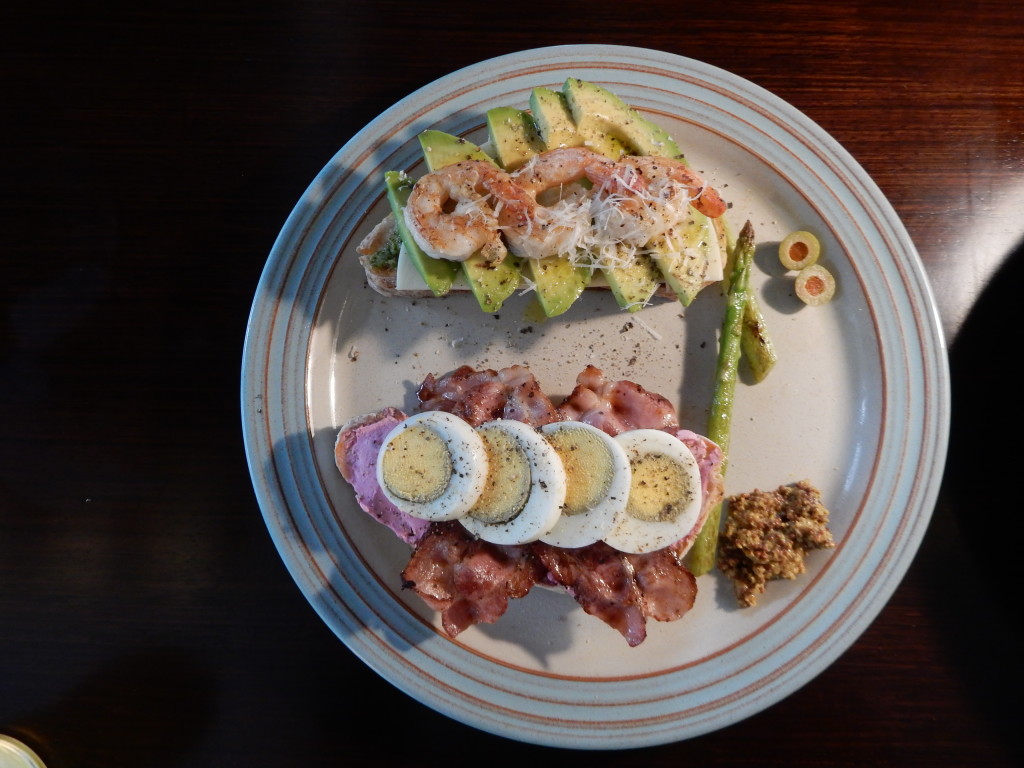
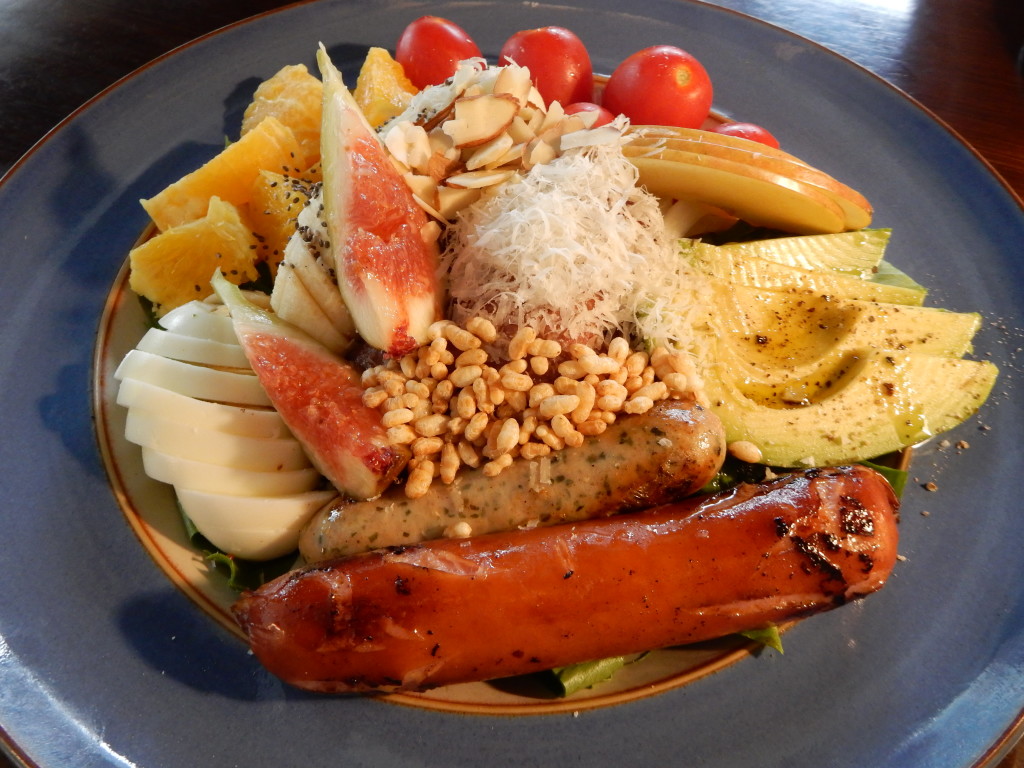
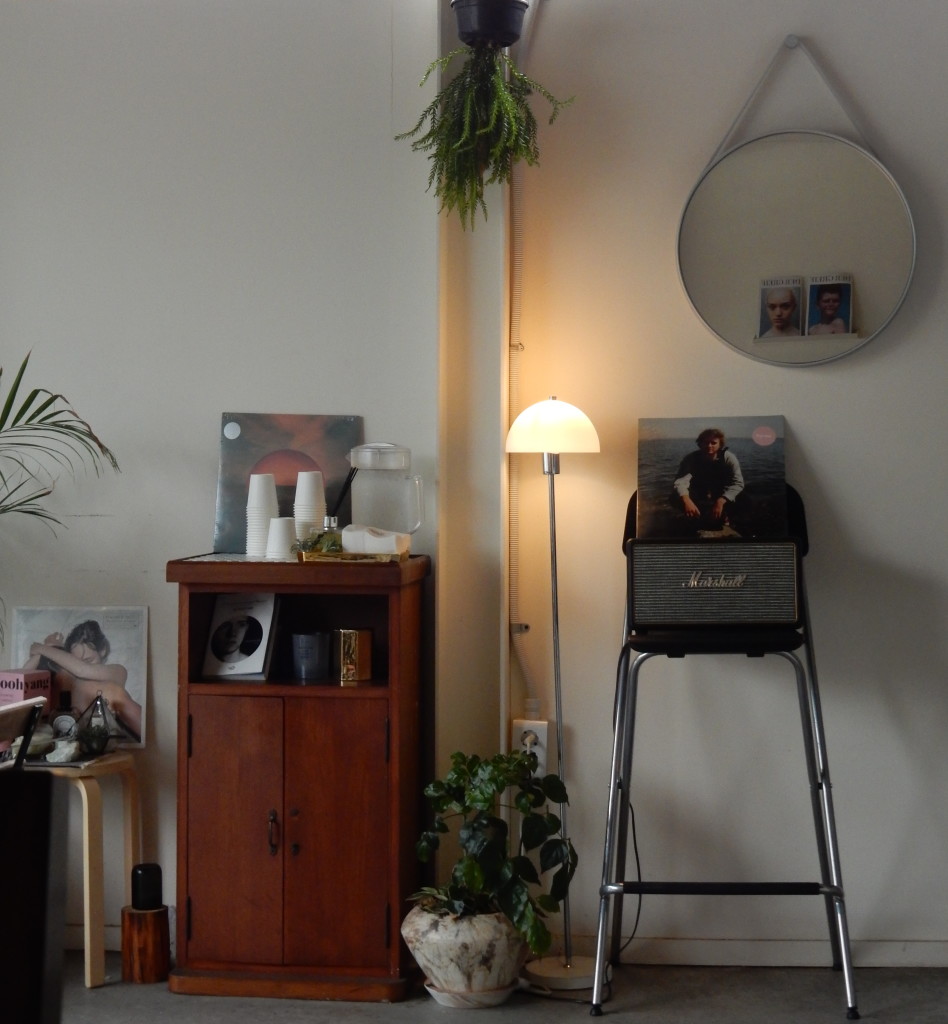
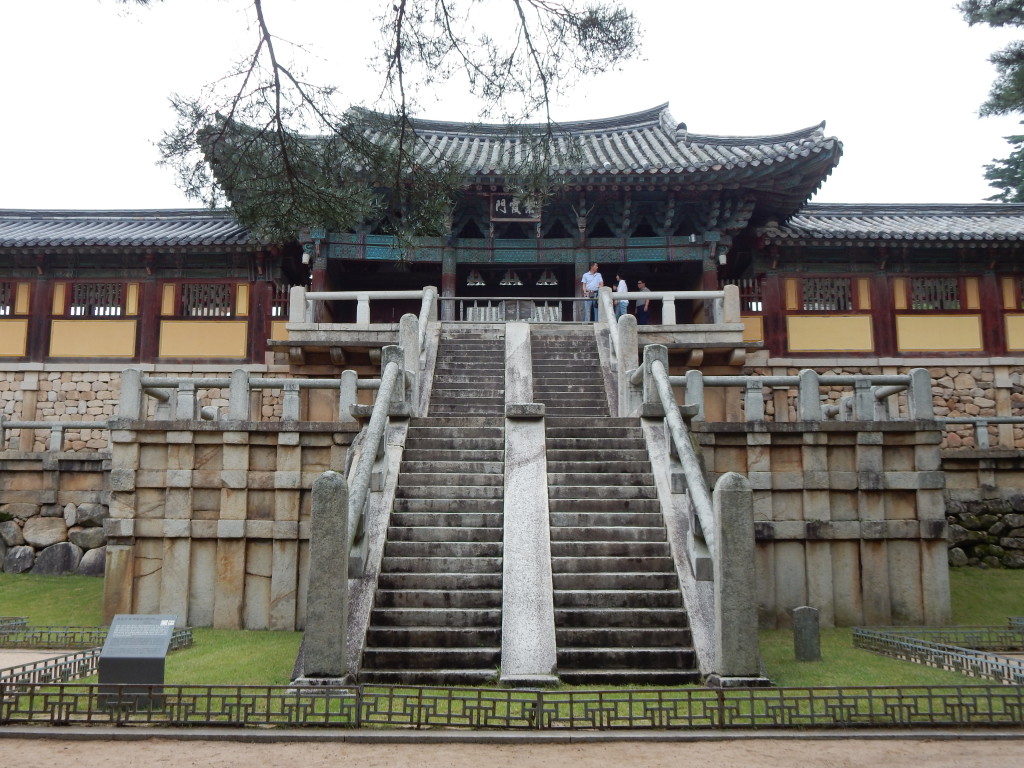



Hey! Someone in my Myspace group shared this website with us so I came to
take a look. I’m definitely enjoying the information.
I’m bookmarking and will be tweeting this to my followers!
Superb blog and brilliant style and design.